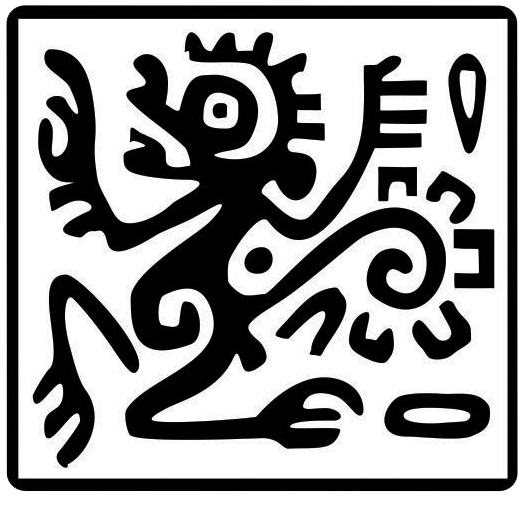Exploring new sites: the neotropical otter (Lontra longicaudis annectens) in Bahía del Tóbari, Sonora, México
Abstract
Neotropical otter (Lontra longicaudis annectens) has a wide distribution in México, the species inhabits rivers, lagoons, estuaries, wetlands, and bays. And from pine-oak woods, subtropical cloud forests to mangroves, from sea level to heights of 2,617 m. The objective of this study was to report the finding of the neotropical otter in a brackish water environment, including artificial islets or tarquinas for foraging and resting at Bahía del Tóbari, Sonora. Otter tracks were recorded while conducting bird census and surveys of nesting sites for seabirds and shorebirds at channels and shores of Bahía del Tóbari, Sonora. We found otter tracks in a small islet tarquina at Bahia El Tóbari, Sonora. We were shown by local inhabitants an almost complete neotropical otter skeleton with dry skin, found on a beach near the locality. We complete the study with previously unpublished records of Neotropical otters in the area. These artificial islets or tarquinas provide otters with available prey since otters eat a variety of aquatic birds, and these structures also offer resting sites. Using brackish water habitats by neotropical otters show the species’ plasticity to explore new sites to obtain alternative food resources.
Copyright (c) 2023 Therya Notes

This work is licensed under a Creative Commons Attribution-NonCommercial-NoDerivatives 4.0 International License.
THERYA NOTES is based on its open access policy allowing free download of the complete contents of the magazine in digital format. It also authorizes the author to place the article in the format published by the magazine on your personal website, or in an open access repository, distribute copies of the article published in electronic or printed format that the author deems appropriate, and reuse part or whole article in own articles or future books, giving the corresponding credits. The Creative Commons CC BY-NC-SD license is used.![]()










